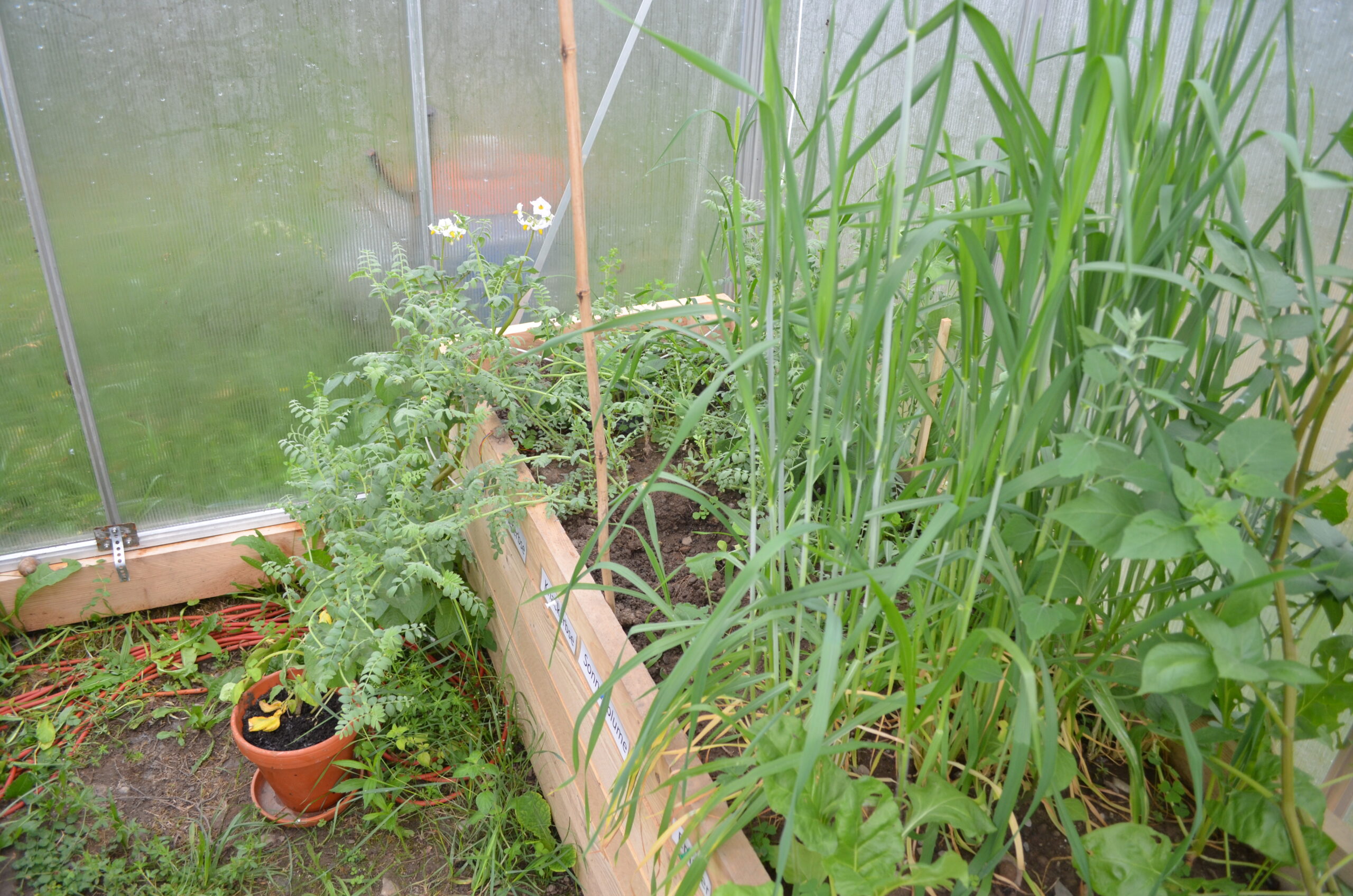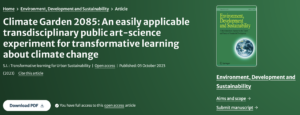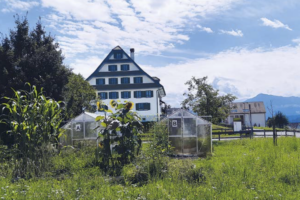Matura thesis by Michelle Kraft, supervised by Annette Stähli
Kantonsschule Schaffhausen
Abstract – summary
Climate strike, Fridays for Future and Greta Thunberg. Climate change is omnipresent these days. Our generation is not the only one concerned with the changes, threats and far-reaching consequences of many different plant and animal species.
Biologists also know that if biodiversity is lost, the world will change dramatically. Every animal and plant plays an important role in their respective ecosystem. That’s why we need to protect our world and be aware of how important nature’s connections and networks are. If just one link in the food chain is missing, everything can fall apart.
The threats of climate change are very diverse. In Switzerland it primarily threatens the glaciers, which continue to melt, but crops and thus our agriculture are also threatened. It is precisely this fear that was examined in this experiment. The following experiments will examine the effects of increased temperatures and water reduction on crops. The crops barley and sunflower were chosen because they were observed to have some deficiencies in warmer zones. In the case of fiber hemp and oats, however, it was discovered that they show the opposite reaction.
The experiment therefore addresses the question of how crops develop under these two stress factors. While the fiber hemp developed splendidly under combined stress factors, the sunflower could only cope with one stress factor. The oats proved to be a more robust plant than the sunflower. He also thrived under combined stressors without major complications. The barley appeared similar to the sunflower, but the differences in the sizes of the plants were not as great as with the sunflowers. The barley became a little taller when the temperatures were colder, but the yield was a little different: This could be increased slightly by reducing water. On average, however, it was no more than one grain of additional yield.
These findings make it clear that oats and hemp for fiber are climate winners because, thanks to their insensitivity to water, they will not have a problem with droughts as a result of climate change. However, he also recorded losses under two stress factors.
It is also important to know what it takes to increase the yield of farmers’ crops. With the help of crop rotation and mixed crops, the soil can now regenerate and thus yields can be increased. These are more environmentally friendly alternatives to over-fertilization and overproduction and thus also counteract climate change. By purchasing more regional vegetables that grow well, fewer goods have to be imported and CO2 emissions decrease.
Download complete Matura thesis
Translated from German





